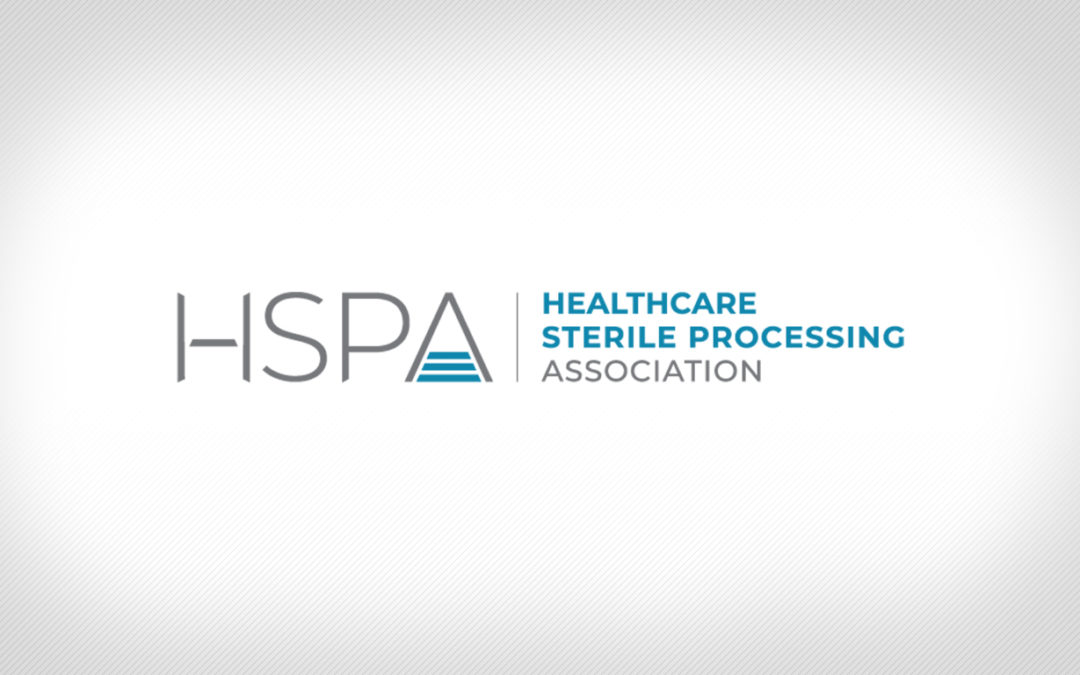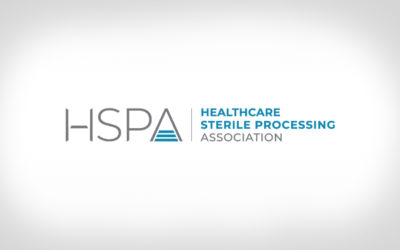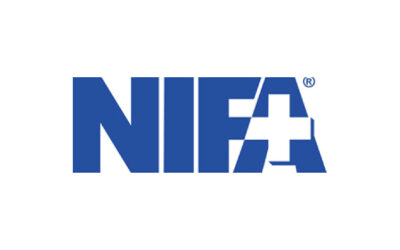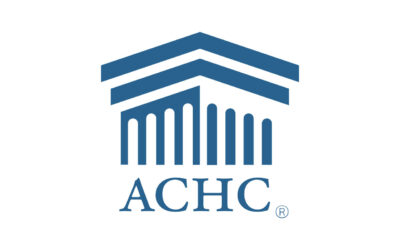
By Susan Klacik, BS, CRCST, CIS, CHL, ACE, FCS
The Association of periOperative Registered Nurses (AORN) updated its Guideline for Manual High-level Disinfection. The revised version still recommends that devices should be sterilized if both high-level disinfection (HLD) and sterilization options are included in the instructions for use (IFU). The rationale is that terminal sterilization offers the highest margin of safety. Liquid chemical sterilization (LCS) methods are available. The level of sterility using LCS is greater than HLD but not as high as terminal sterilization methods because the process is less controlled, and the items are not packaged.
Additionally, this latest guideline continues to recommend automated versus manual processes for HLD whenever possible. Automated processes have been shown to be more efficient and consistent than a manual process and reduce employee exposure to high-level disinfectants, while reducing physical discomfort. Evidence has shown that professionals who manually process flexible endoscopes may experience discomfort that can decrease compliance with processing guidelines. For that reason, it is recommended to incorporate ergonomic features into the sterile processing area’s design. The guideline provides ergonomic design suggestions such as using work surfaces and sinks at a comfortable height and having adequate space and lighting to perform cleaning tasks.
AORN reminds that employee safety must always be prioritized, and this is especially vital when performing manual HLD. Recommendation 4.2 on Personal Protective Equipment (PPE) in the revised guideline includes the new ANSI/AAMI PB70:2022 Liquid barrier performance and classification of protective apparel and drapes intended for use in health care facilities, barrier performance rating, and ASTM standards. Specific recommendations for PPE correspond to the degree of anticipated exposure.
The phrase “precleaning at the point of use” has been replaced with “point-of-use treatment.” This was universally accepted in other guidelines and standards because it encompasses all activities performed at the point of use and does not confuse “precleaning” at the bedside with the “precleaning” that occurs in the decontamination area. Point-of-use treatment is performed to prevent bioburden from drying on a medical device and inside its lumens. If bioburden dries, cleaning becomes more difficult and can lead to the development of biofilm within minutes. When biofilm develops, the HLD or sterilization process may be ineffective; therefore, it is recommended to perform point-of-use treatment immediately after completion of device use. The item should be kept moist to aid removal of organic soils. Note: To prevent spillage (and fluid invasion into the device if it has a leak), the item should not be submerged in a liquid. Once the item is ready for transport, it must be placed in a closed, leakproof container or cart and labeled with a biohazard label per Occupational Safety and Health Administration (OSHA) regulations.
Effective, ongoing communication is also essential and can reduce and prevent processing errors. Recommendation 6.3.3 of the guidelines provides specific recommendations related to the hand-off process. Decontamination personnel need to know how long the device has been waiting to be processed so they can establish priority order and determine if a delayed processing procedure should be performed. This information will be provided in the manufacturer’s IFU, and additional details are included in the AORN Guideline for Processing Flexible Endoscopes. Hand-off communication should include the time that point-of-use treatment was completed and whether that treatment began immediately after use of the device. If not, the time the device use was completed and whether the device was kept moist until point-of-use treatment could be performed should be communicated. It is also recommended to communicate whether reusable accessories are included, provide patient identification per facility policy, and identify whether the item was exposed to an unexpectedly high degree of contamination during the procedure (or products that can be difficult to clean such as lubricants or simethicone).
Proper device drying must also be prioritized because water remaining on a device after rinsing may dilute the high-level disinfectant and reduce its effectiveness; therefore, the device should be dried using a clean, non-linting cloth. The lumens should also be dried by purging with pressure-regulated air to prevent device damage. Using instrument air or filtered air from an automatic flushing system is recommended.
Each item should be inspected for cleanliness, damage and function with lighted magnification before undergoing HLD or sterilization. If channels are present, they should be inspected with a borescope. Again, device inspection should involve checking for moisture (none should remain on or in the device). Per the updated guideline, all channels should be purged with pressure-regulated instrument air or filtered air from the automatic flushing system, at the pressure and time recommended in the device manufacturer’s IFU. The exterior should be dried using a non-abrasive, non-linting clean cloth or sponge.
A new recommendation is to use cleaning verification tests to verify manual device cleaning per facility policy for the type of test and frequency (after each use or daily). Cleaning verification tests provide an objective system for verifying cleanliness and prevent items that have not been thoroughly cleaned from advancing to the subsequent HLD process. If the device is damaged or repeatedly fails cleaning verification testing, it should be removed from service, and modified processing steps should be followed per the device manufacturer’s IFU.
Following HLD, the disinfectant and any residues must be thoroughly removed to prevent patient injury. It is recommended to thoroughly rinse the exterior and lumens with critical water or sterile water. Fresh-water rinses should be used for each rinse to prevent contaminating the item. After the final rinse, the device should be completely dried to prevent any remaining moisture that could facilitate microbial growth and biofilm formation during storage. The device should then be dried using pressure-regulated instrument air or high-efficiency particulate air (HEPA)-filtered air to dry the channels following the manufacturer’s IFU. The exterior should be dried using a clean, non-linting cloth. Following processing, the device should be placed into storage. Personnel should wear clean latex-safe gloves when handling the device and label the device with a visual cue or indicator that indicates the item is patient ready.
Recommendations have also been made regarding the processing of endocavity ultrasound probes. Some probes come in contact with mucosal tissue and are classified as semi-critical items that require a minimum of HLD. There are ultrasound probes used in the sterile field or that come in direct contact with sterile tissue; however, those would be classified as critical devices requiring sterilization.
Only some of the changes to the AORN Guideline for Manual High-Level Disinfection are addressed in this article. The complete guideline should be reviewed and is available for purchase at www.aorn.org.
– Susan Klacik, BS, CRCST, CIS, CHL, ACE, FCS, serves as a clinical educator for the Healthcare Sterile Processing Association.










